Adorable, fluffy, and ravenous When your new pet is ready for puppy food, give them the best start possible. Puppy growth is rapid. Additionally, ensuring sufficient nutrition is crucial for developing healthy bones and teeth, growing muscle, and ensuring that babies have enough energy for play and learning.
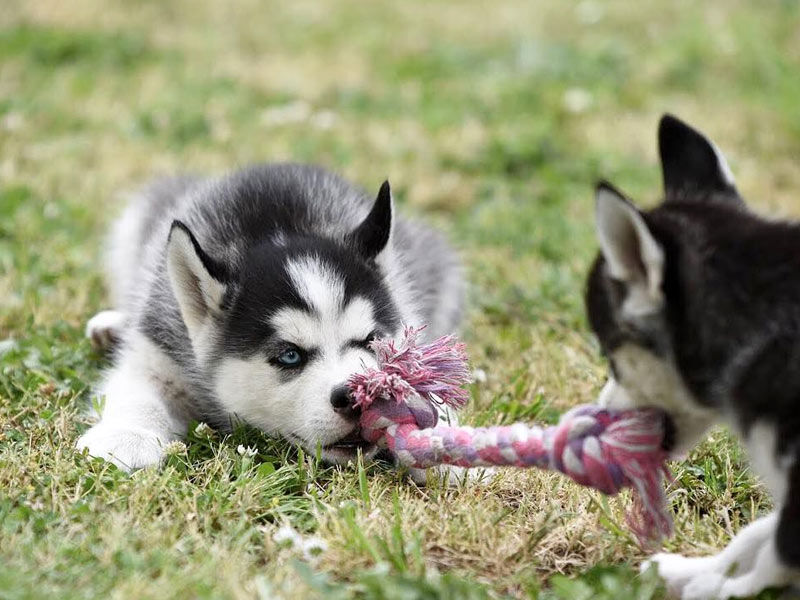
But what should you feed them?
When it comes to puppy food, there are several flavors on the market. Another choice is the one your dog was given by the breeder or the animal shelter. How can you determine if the food your puppy is eating is the right kind?
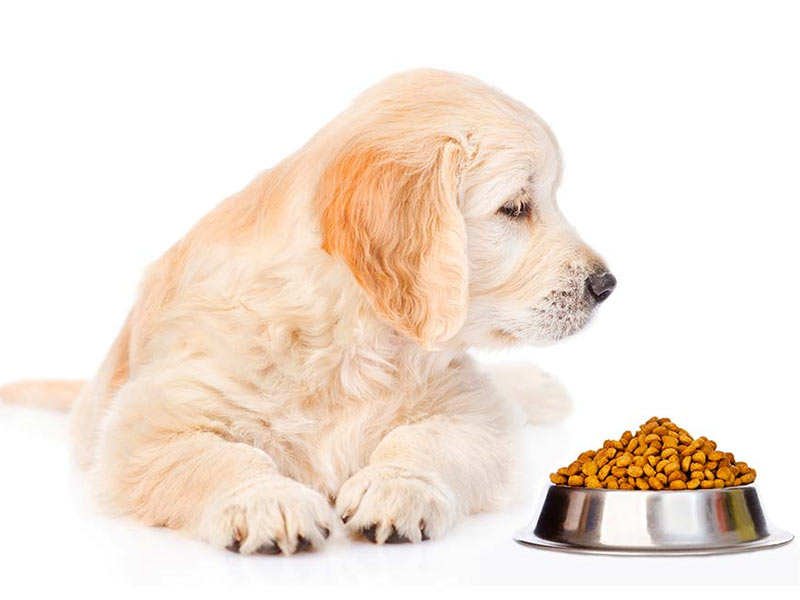
The nutritional needs of a puppy differ from those of an adult dog for what reasons and in what ways?
Your puppy needs additional nutrients for growth. Puppies develop swiftly, developing their internal organs, muscles, and bones. Adult dogs maintain their physical fitness.
At what age can a puppy start eating solid food?
Around four weeks old, when they can no longer get all of the energy they need from their mother’s milk, puppies should start eating solid food.
According to him, you might need to moisten dry food until it feels spongy for puppies that are younger than 8 weeks old.
Also, Read How To Take Care Of A Puppy At Home Part 2
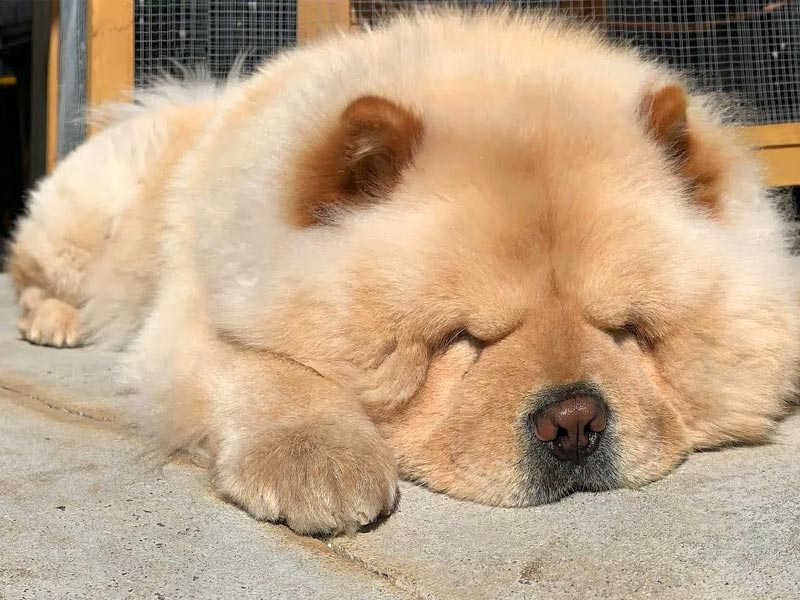
How do I choose premium puppy food?
The nutritional requirements are changing extremely quickly in the first six months or so. They also have the smallest margin for error. Asking your veterinarian is therefore a smart option because they frequently suggest diets that they have the most experience with.
How can I be certain that the puppy food will satisfy my dog’s needs?
Look for a statement on the package label stating that the product is prepared to meet nutrient requirements for complete and balanced nourishment.
The label should also specify the life stage that the product is appropriate for. Food labeled for growth or all life stages should be fed to puppies.
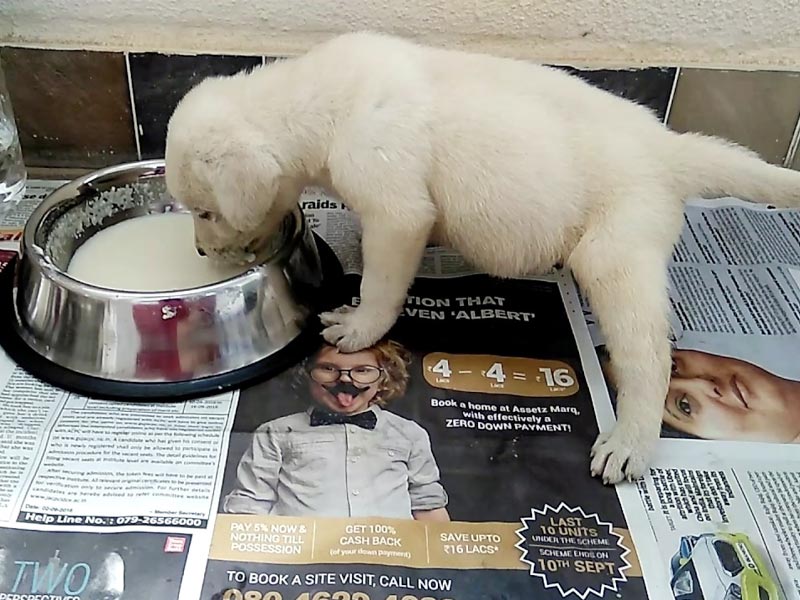
Evaluate your puppy’s health one month or six weeks after starting the food. They ought to have thick, lustrous coats and be energetic and playful. The majority of the nutrients in the diet are being largely digested by your puppy if the feces are formed brown.
How much food ought I to give my puppy?
Puppies require a large calorie intake to support their rapid growth. When compared to an adult dog of the same breed, there are initially around twice as many per pound.
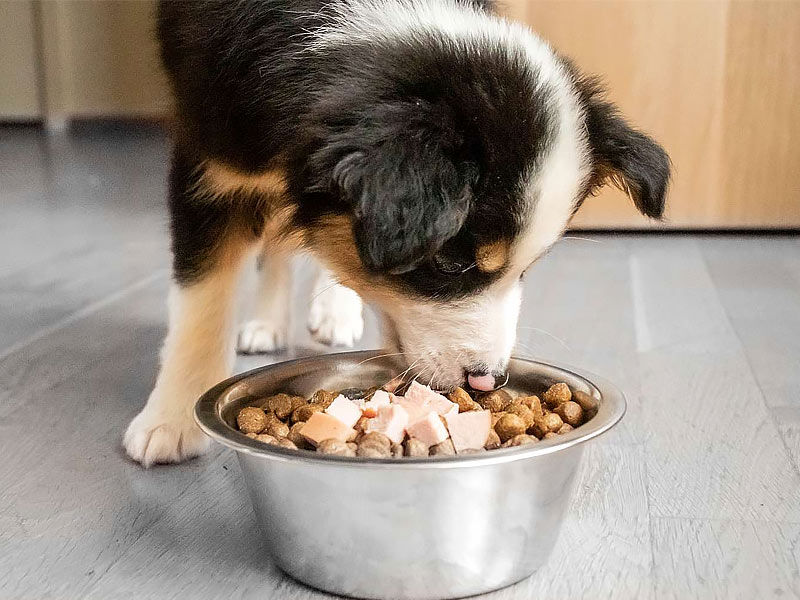
On the labels of commercial puppy foods, look for feeding charts. They offer suggested serving sizes based on the age and weight of the puppy. You may need to make adjustments every week to maintain your puppy in the best possible health.
How can I tell if my dog is getting the recommended amount to eat?
A body conditioning score, which goes from one for malnourished to five for obese, is used by veterinarians to assess dogs. Having some baby fat when a puppy is very young is fine, however after the first 8 to 10 weeks, “puppies should be a two”.

At home, you may learn how to evaluate your dog. A puppy’s ribs could be apparent with a score of 2, which is considered to be relatively slender. Usually, the tops of the backbones are visible. Its ribs shouldn’t feel fatty to the touch. When viewing your puppy from the side, you should see an abdominal tuck and a waist.
Your pup should appear thin by the time it is 5 months old as it is beginning to finish its fastest growth phase.
Do I need to feed my large-breed puppy a special diet?
Large breeds are more likely to experience skeletal and joint issues, including hip dysplasia, such as Great Danes, Labrador retrievers, and Doberman Pinschers. Although genetic factors are the main cause of many illnesses, overeating can make things worse.
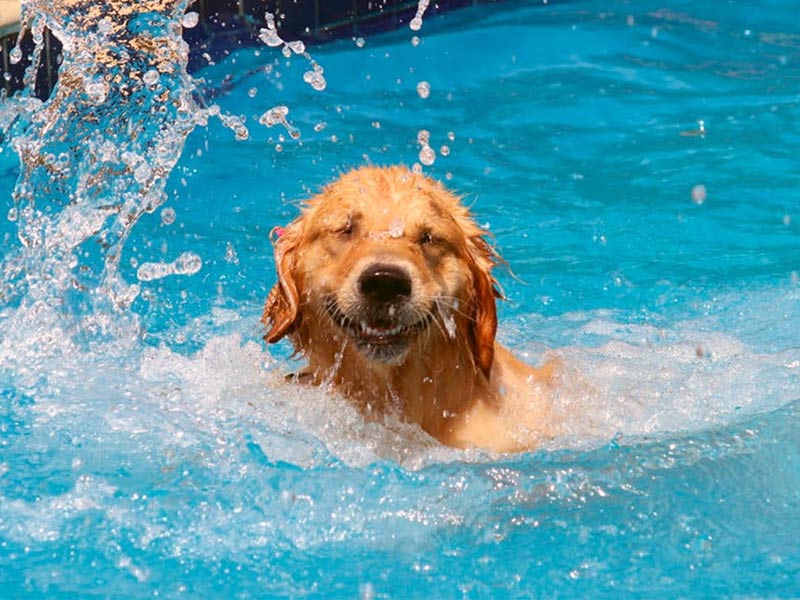
Large-breed puppy diets may contain less calcium and phosphorus than other puppy foods and are made for controlled growth. Increased calcium and phosphorus levels can exacerbate bone issues. Large-breed puppy food might also have additional fiber to provide the diet more bulk without adding calories.
What sort of dog treats ought I to give?
Many pet owners enjoy giving their dogs goodies as rewards, but it’s better to keep them to a minimum. Puppies require a lot of nutrients to grow, therefore it’s crucial to provide them with food that offers a comprehensive and balanced diet. The majority of a puppy’s calories should come from puppy food rather than treats, which often don’t offer a balanced diet.
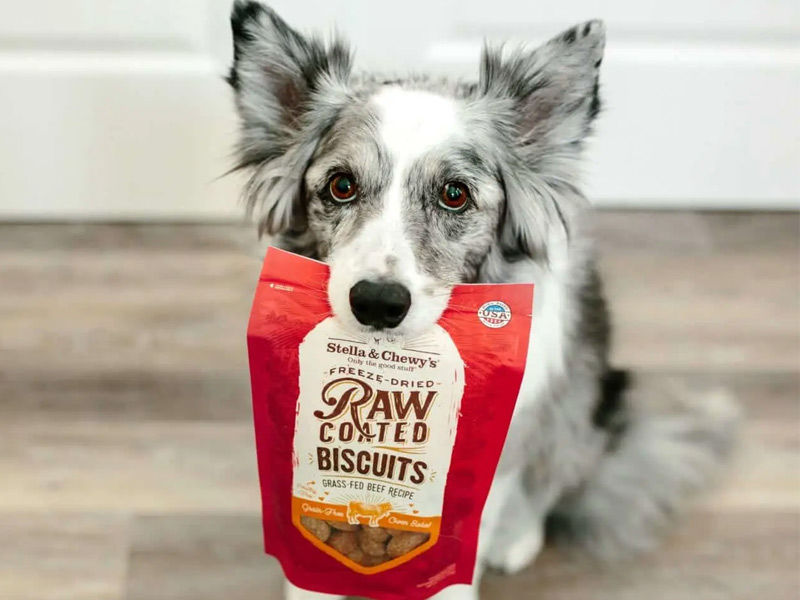
According to nutritionists at the American Society for the Prevention of Cruelty to Animals, you should aim for no more than 5% of your calories to come from snacks. For your puppy, pick snacks that are the appropriate size. For instance, a Yorkshire terrier doesn’t require an extra-large dog biscuit. Avoid table scraps as well, as they train your puppy to ask for food at a young age.
When should I transition my dog from puppy to adult food?
Puppies should go from a growth diet to a maintenance diet once they have attained 90% of their predicted adult weight. Small breeds may reach their full size in 9 to 12 months, while large breeds should mature in 12 to 18 months.

























